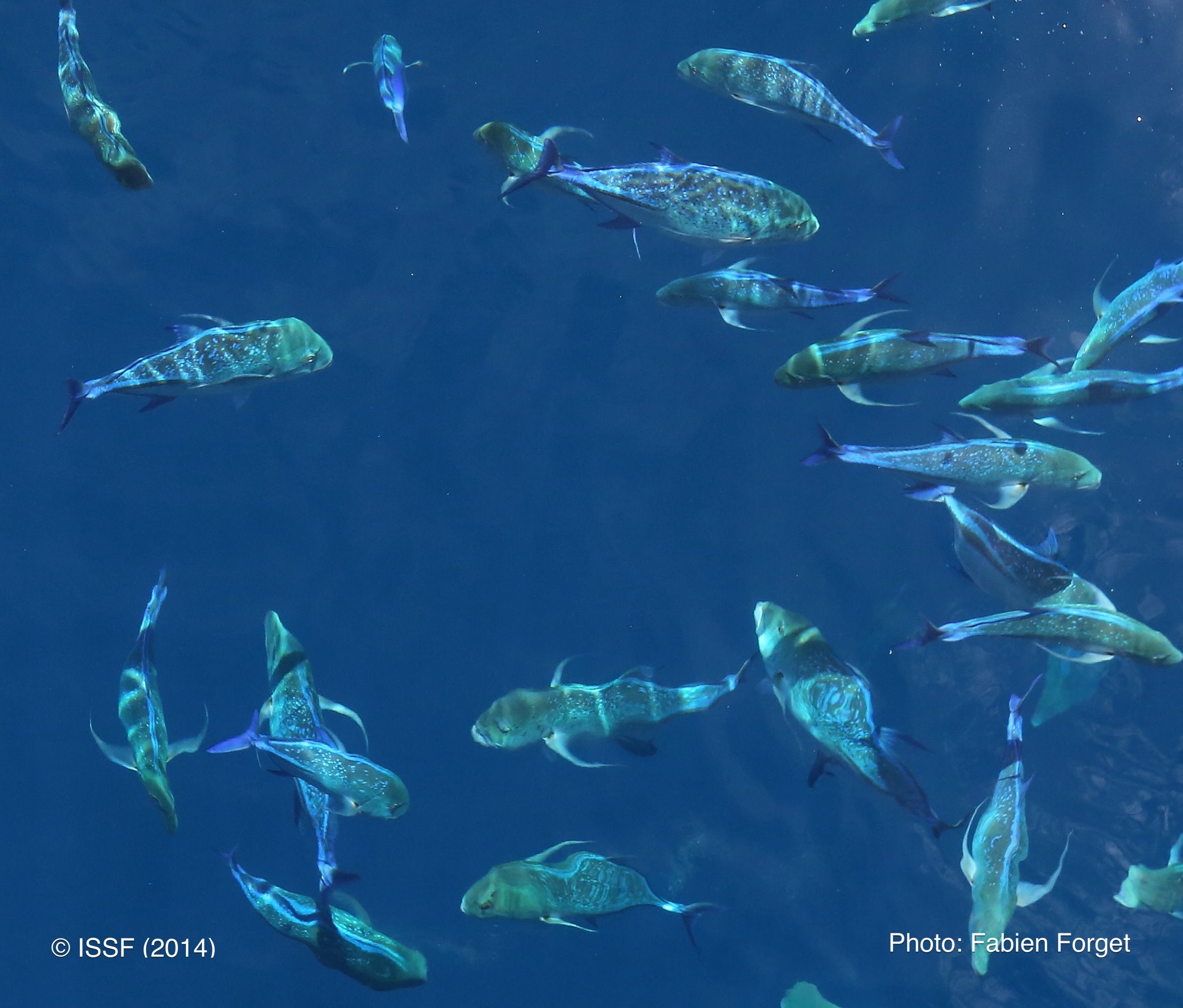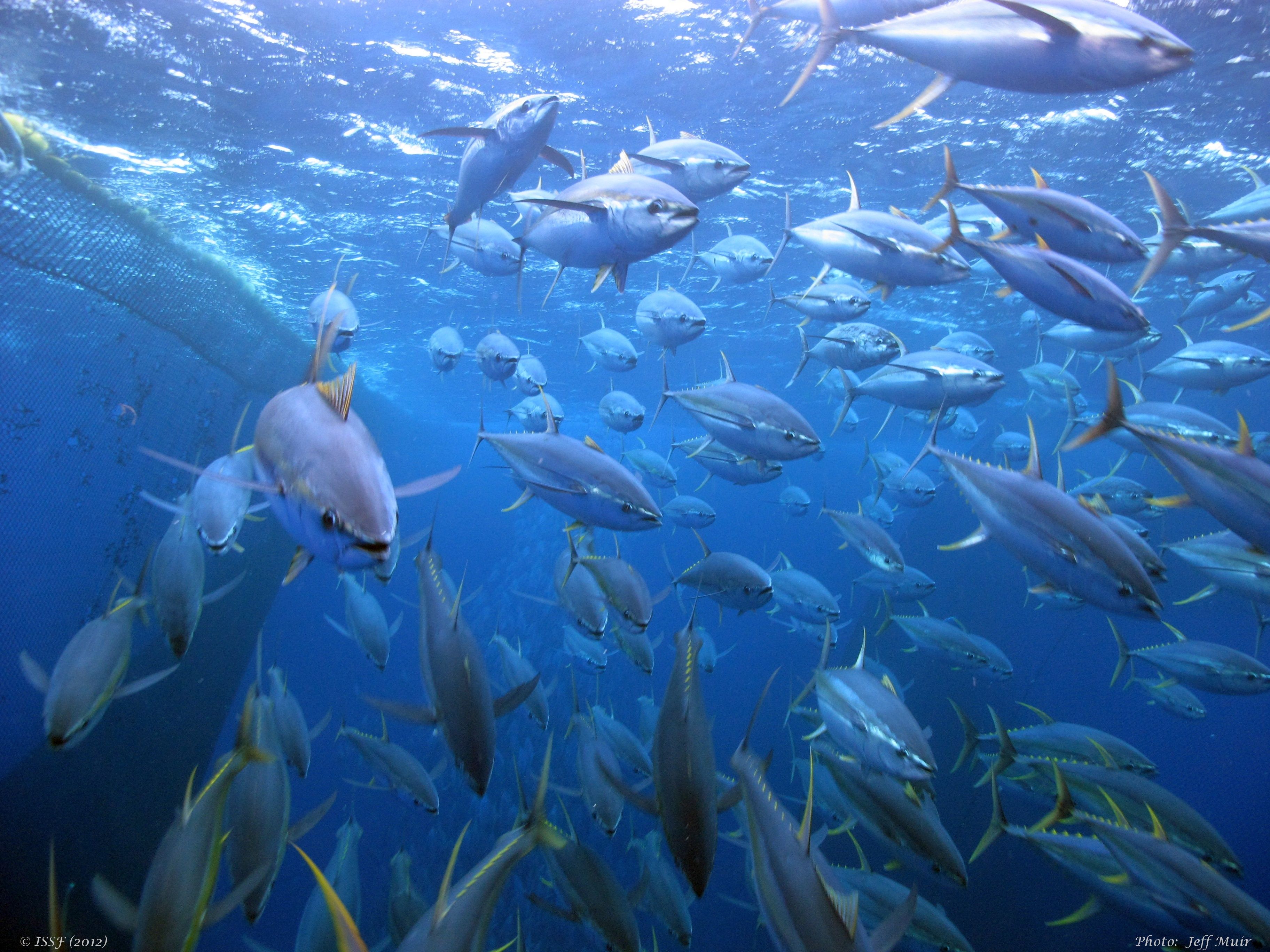ISSF Requires Tuna Processors Worldwide to Purchase Only from Companies that Meet Sustainability Criteria
Seafood processors, traders, and marketers can accelerate the path to globally sustainable tuna fisheries by purchasing many of their tuna products from suppliers that meet strict sustainability criteria, according to the International Seafood Sustainability Foundation (ISSF), which has released a new conservation measure for its participating companies to follow.
ISSF Conservation Measure 2.4: Purchase Requirements from ISSF Participating Companies to Enhance the Effectiveness of ISSF Conservation Measures requires that the nearly 30 ISSF participating companies purchase tuna products — with specific parameters as explained in full text of the measure — primarily from other suppliers that are ISSF participants. Any tuna supplier that chooses to follow ISSF conservation measures, commits to the ISSF compliance audit process, and successfully completes an initial audit of if traceability system may apply to become an ISSF participating company.
“Conservation Measure 2.4 provides the foundational framework for our market influence strategy by requiring all stakeholders in the tuna trade to adhere to the same standards that ISSF Participating Companies are held to and audited against,” said ISSF President Susan Jackson.
“The structure of many ISSF conservation measures means that sustainability best practices — from bycatch mitigation to observer coverage — already flow throughout a participating company’s supply chain,” continued Jackson. “But this new measure accelrates these sustainability best practices among a greater portion of the tuna industry. More companies will be subject to the independent audit and reporting process that ISSF participation requires — a transparency and accountability win for the industry, the market, and the long-term health of the world’s tuna fisheries.”
ISSF's latest conservation measure aims to make the global #tuna supply chain even more #sustainable. Share on XClosing the Data Gaps — and More — in a Complex Supply Chain
The new conservation measure applies to seafood suppliers that either (1) trade 10,000 or more tons of tuna annually (effective January 1, 2019) or (2) process more than 12,500 round tons annually (effective January 1, 2020). These medium- and large-sized organizations are critical components of the complex, international seafood supply chain.
Conservation Measure 2.4 was originally recommended to the ISSF Board by ISSF’s Environmental Stakeholder and Scientific Advisory Committees to reduce existing gaps in the receipt of data by tuna Regional Fisheries Management Organization (RFMO) scientific bodies — gaps that a fragmented and global supply chain can perpetuate. Specifically, the committee intended that a greater number of tuna companies be beholden to ISSF Conservation Measure 2.2, which requires participating companies to submit species and catch data to RFMOs quarterly because “the scientific findings of the RFMO scientific bodies depend on the completeness and accuracy of the supporting data available to them.”
In effect, Conservation Measure 2.4 will expand industry commitment to best practices beyond RFMO data submission, as ISSF’s suite of more than 20 conservation measures encompasses RFMO support; transparency and data collection; bycatch mitigation; monitoring, control and surveillance; illegal, unregulated and unreported fishing; capacity management; and more.
Conservation Measure 2.4 states that ISSF Participating Companies shall:
- Beginning January 1, 2019, for purchases from fish trading organizations that trade 10,000 tons or more of tuna annually (not directly from fishing vessels), purchase all round; gilled and gutted; or headed, gilled and gutted albacore, skipjack, yellowfin and/or bigeye tuna from ISSF Participating Companies.
- Effective January 1, 2020, if purchasing from processing organizations that purchase and process more than 12,500 round tons per year, purchase all frozen loins or processed, shelf-stable, canned or pouched products of albacore, skipjack, yellowfin and/or bigeye tuna from ISSF Participating Companies.
About ISSF Conservation Measures & Compliance
ISSF is a global partnership among scientists, the tuna industry and the environmental non-governmental community whose mission is to undertake science-based initiatives for the long-term conservation and sustainable use of tuna stocks, reducing bycatch and promoting ecosystem health.
Since its inception in 2009, ISSF has adopted conservation measures and commitments to facilitate this mission with the intent that processors, traders, marketers and others involved in the seafood industry will follow them to facilitate real and continuous improvement across global tuna stocks. ISSF Participating Companies commit to conform to these conservation measures to improve the long-term health of tuna fisheries. They also must adhere to the ISSA Compliance Policy.
ISSF-participating tuna companies, which represent about 75% of the global canned-tuna market and include well-known brand names, are audited yearly by MRAG Americas on their operational transparency and compliance with ISSF conservation measures.
Becoming an ISSF Participating Company
Tuna companies interested in participating in ISSF sustainability programs can apply for International Seafood Sustainability Association membership. Tuna vessels that want to be identified with transparency and sustainable fishing practices can apply to be listed on ISSF’s ProActive Vessel Register.

